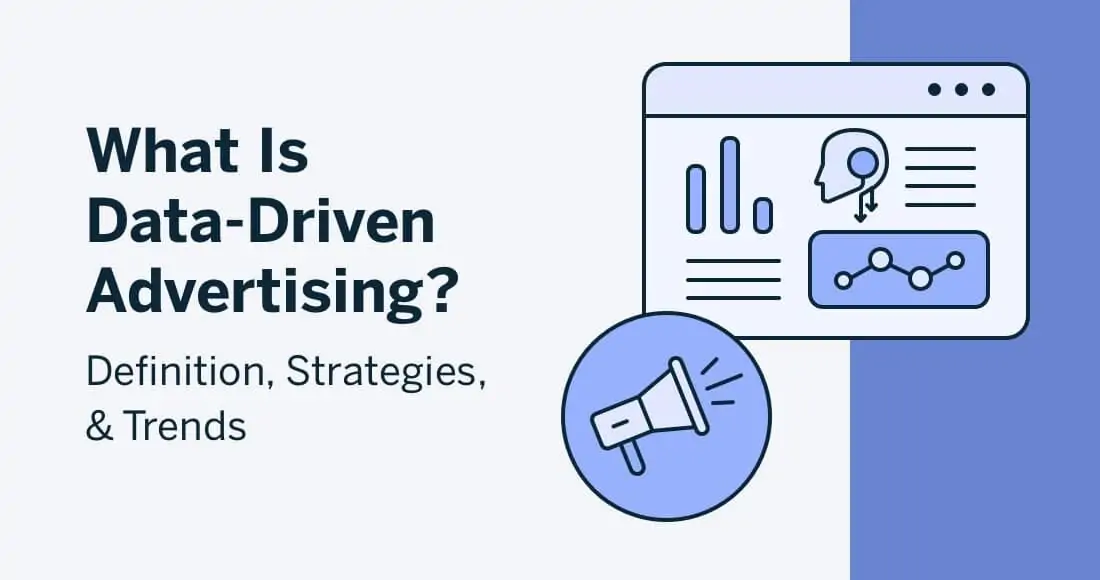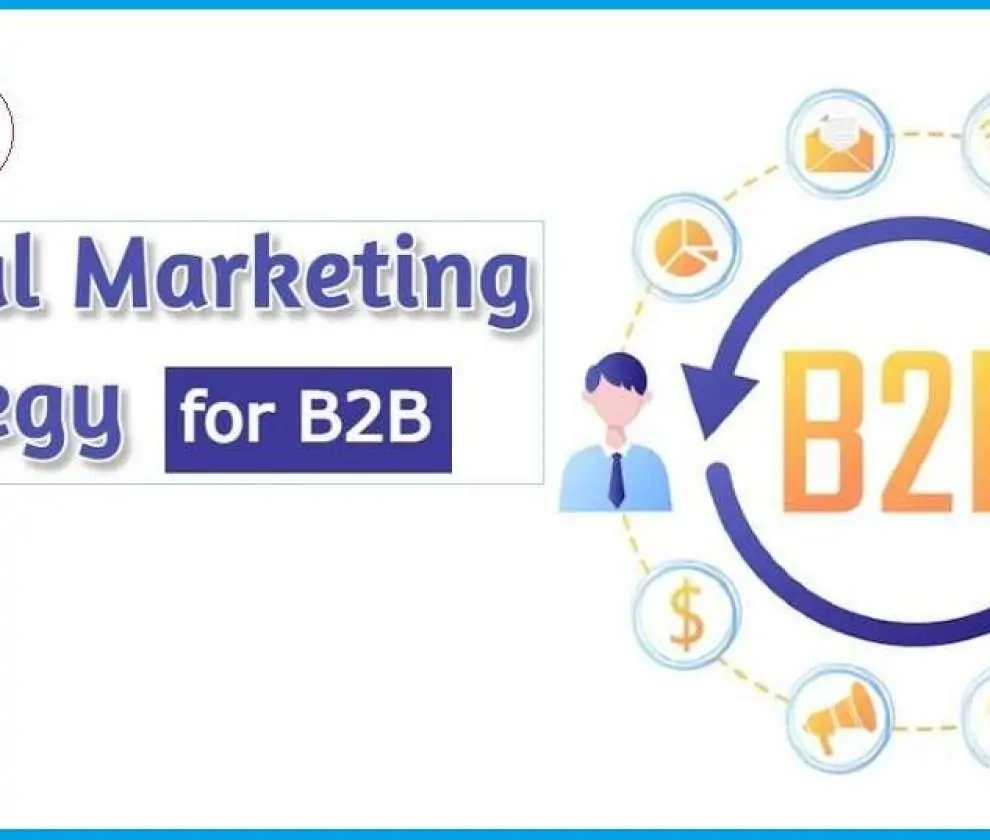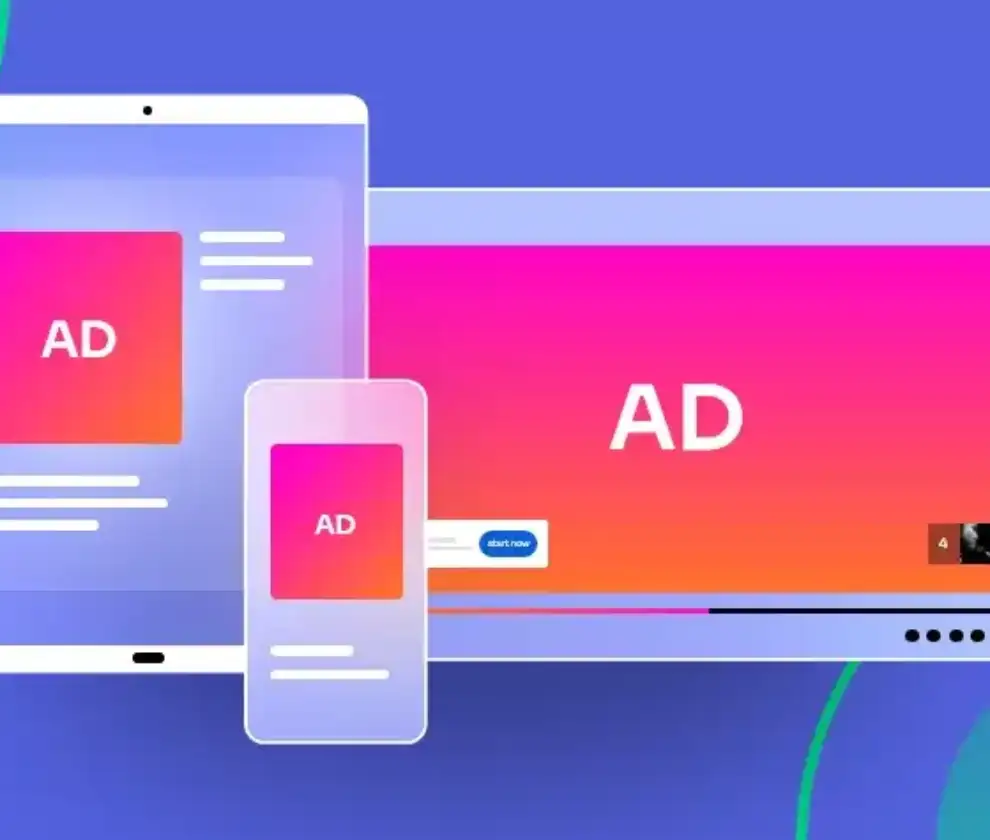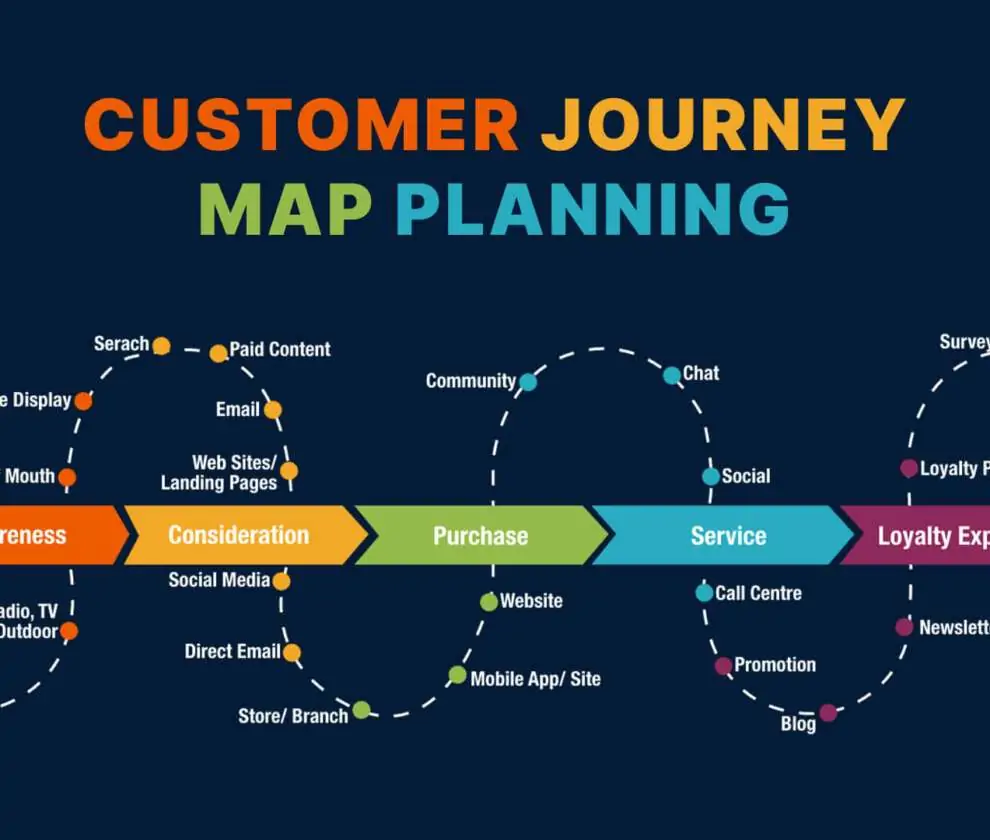
Art of Precision: The Dynamics of Data-Driven Advertising
Data-driven advertising is reshaping the marketing landscape by leveraging data analytics to tailor campaigns to specific audience segments. This comprehensive guide explores the applications, benefits, and challenges of data-driven advertising, highlighting its role in creating targeted and personalized marketing strategies. As technology evolves, innovations such as AI integration and advanced customer segmentation are shaping the future of data-driven advertising, offering exciting possibilities for brands seeking precision and effectiveness in their digital campaigns.
A Paradigm Shift in Marketing Strategies
In the ever-evolving landscape of marketing, data driven advertising emerges as a cornerstone strategy, revolutionizing how businesses connect with their target audiences. This detailed exploration delves into the significance of data driven advertising, its applications, benefits, and challenges, shedding light on the pivotal role data plays in shaping effective and targeted advertising campaigns.
Data driven advertising represents a transformative shift from traditional, broad-stroke marketing approaches to precision-targeted strategies. At its core, it involves leveraging data analytics, consumer insights, and real-time information to tailor advertisements to the specific preferences, behaviors, and demographics of a target audience.

Targeting with Precision
- Personalized Content Delivery: Data driven advertising enables brands to create highly personalized content, delivering messages that resonate with individual consumers. This tailored approach enhances engagement and cultivates a more meaningful connection between brands and their audience.
- Behavioral Targeting: By analyzing consumer behaviors and online activities, advertisers can deploy targeted ads to individuals who have demonstrated an interest in specific products or services. This approach ensures that advertising efforts are directed towards those more likely to convert.
- Dynamic Ad Optimization: Real-time data analysis allows for dynamic optimization of ad content. Elements such as images, copy, and calls-to-action can be adjusted on the fly based on performance metrics, ensuring that campaigns remain effective and relevant.
- Cross-Channel Consistency: Data driven advertising facilitates a seamless and consistent brand experience across various channels. Whether a consumer engages through social media, email, or a website, the advertising message remains cohesive, reinforcing brand identity.
Elevating Campaign Effectiveness
- Improved Targeting Precision: The use of data allows advertisers to precisely target their ideal audience, minimizing wasted resources on irrelevant demographics. This results in more efficient campaigns with a higher likelihood of conversion.
- Enhanced Personalization: Personalized advertising resonates with consumers, fostering a sense of connection and relevance. The ability to tailor content based on individual preferences leads to increased engagement and brand loyalty.
- Optimized Budget Allocation: Data-driven insights empower advertisers to allocate budgets strategically. By focusing resources on channels and audiences that deliver the best returns, businesses can optimize their advertising spend for maximum impact.
- Measurable ROI: Data driven advertising provides a wealth of metrics and analytics, offering a clear view of campaign performance. Advertisers can track key performance indicators (KPIs) and measure the return on investment (ROI) with precision.

Challenges and Considerations
While data driven advertising offers substantial advantages, it is not without challenges:
- Data Privacy Concerns: The collection and utilization of consumer data raise privacy considerations. Advertisers must navigate evolving regulations and ensure transparent practices to build and maintain trust with their audience.
- Data Quality and Accuracy: The effectiveness of data driven advertising relies on the quality and accuracy of the data used. Inaccurate or outdated information can lead to misguided targeting and suboptimal campaign results.
- Balancing Automation with Creativity: While automation is a key component of data driven advertising, finding the right balance between automated processes and creative, human-driven strategies is essential for maintaining the authenticity and impact of campaigns.
Innovations and Trends
As technology advances, the future of data driven advertising holds exciting possibilities:
- AI and Machine Learning Integration: The integration of artificial intelligence (AI) and machine learning enhances the predictive capabilities of data driven advertising. Algorithms can analyze vast datasets to predict consumer behavior and preferences with greater accuracy.
- Advanced Customer Segmentation: Continued advancements in data analytics enable more nuanced customer segmentation. Advertisers can move beyond basic demographics to create highly specific audience segments based on behavioral patterns, interests, and contextual factors.
- Interactive and Immersive Experiences: Data driven advertising will increasingly focus on creating interactive and immersive experiences. From personalized augmented reality (AR) ads to interactive video content, the emphasis will be on engaging consumers in innovative ways.
Precision Unleashed in the Digital Realm
Data driven advertising marks a paradigm shift in how businesses strategize and execute their marketing efforts. The ability to harness data for precise targeting, personalization, and campaign optimization propels advertising into a new era of effectiveness. While challenges exist, the benefits of improved targeting, enhanced personalization, and measurable ROI position data-driven advertising as an indispensable tool for brands navigating the complexities of the digital landscape.




